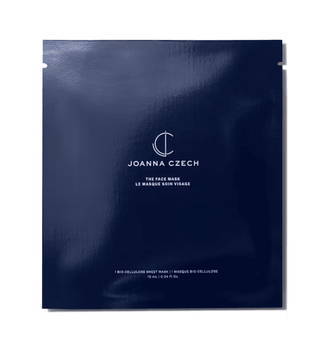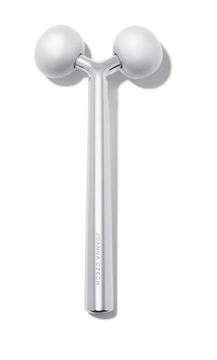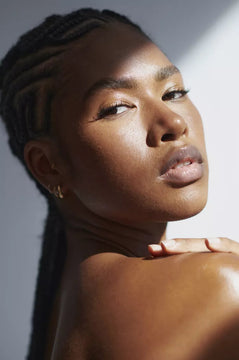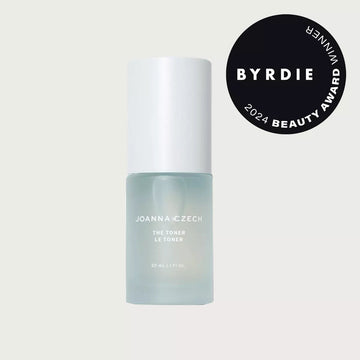This Is How You Should Be Applying Your Skincare
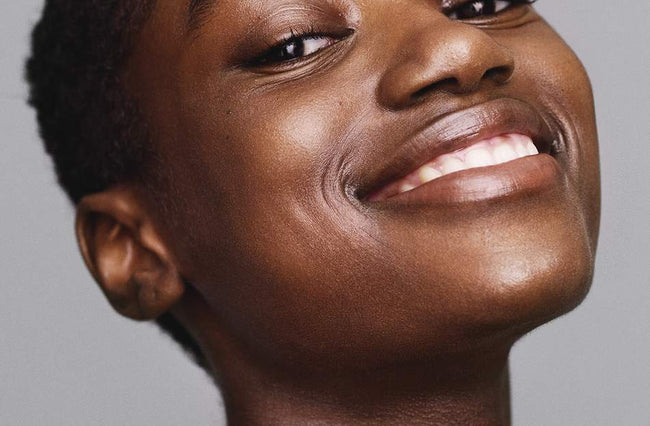
Whether it’s dabbing on a cream, rubbing in a serum or wiping off a mask, we all have our own way of using our favorite products. But how we apply them can make all the difference to how well they work – and, ultimately, how our skin looks. NEWBY HANDS explains how to get the most from your skincare.
WATER-BASED FORMULAS
“Good skin is 70 percent down to the products you use, and 30 percent how you use them,” says skincare expert Joanna Czech, one of the world’s most sought-after aestheticians. “For a product to work, you need to get the best penetration possible of its ingredients, and much of that comes down to how you apply it.” The product’s consistency is therefore key: “Watery products such as toners, water-based serums and essences work best when you press them onto the skin using your fingers, rather than using cotton wool or massaging them in,” she explains. “When you press the skin, it microscopically opens, and then when you lift your hand off, it closes and grabs on to the product. It’s like water soaking into a sponge, so by applying these products this way, your skin is left much more hydrated.” Sprays and mists can be spritzed on and then pressed in to ensure they get to work in your skin, rather than evaporating off it.
HEAVIER CREAMS AND OILS
Richer-textured face creams, cleansers and oils, as well as cream and clay face masks, work best when first warmed up in your fingers before being massaged in. “But it’s nothing complicated – we naturally make little circles with our fingertips when applying our creams, which is perfect for getting circulation going, leading to better product absorption,” says Czech. Even better, work those little circles upwards and outwards, from the center of your face to the sides, “or, if you have time, use an effleurage movement – it’s a classic French massage technique, where you press your palm or whole hand on the skin and release it by rolling it up (the way a caterpillar moves). It’s particularly good for face oils, as the pressing helps the skin take up the oil rather than leaving it sitting on the surface.”
FOR THE EYES AND NECK
On the more delicate areas of skin, such as your neck and around the eyes (skin is thinner and so quicker to age), Czech recommends a more specific technique. “On the neck, I prefer using the opposite hand to the side of the neck (using your left hand on the right side of the neck, and vice versa) and, after warming the cream (neck creams tend to be thick), take your hand from the center of the base of the neck diagonally up to the side of the neck, under your ear, down and back around.” For the eyes, it depends on whether it is morning or night. “In the evening, gently massage your eye cream in, working in a circle around the eye. Using your ring finger (it has the lightest touch), start from inside the upper lid, working it outwards and then inwards under the eye; you can do five circles to release any tension, pressing a little firmer on the upper lid only, as it helps to stimulate the circulation.” To shift early-morning puffiness, again use the ring finger to work outwards on the top lid and then also outwards under the eye, “using a little wavy movement, lightly pressing and releasing to remove any fluid as you move along under the eye,” says Czech.
MASKS
Sheet-on-skin contact is key when it comes to sheet masks, so opt for styles that fit snuggly over the face. “In treatments, I use a spatula knife to get rid of any air bubbles or wrinkles, so the sheet fits 100 percent, like a second skin,” says Czech. “Using a face massager or roller over the sheet mask will also help. And always smooth out creases; if you see a crease in the sheet mask, you don’t want to see that crease mark on your skin 20 minutes later.”
